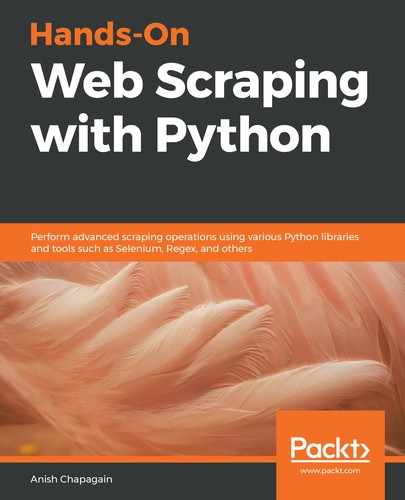A Dutch programmer (Guido Van Rossum) launched Python as his side project but did not realize that it would accelerate his height of success. Python is widely adapted among developers when it comes to speedy prototyping. It is gaining popularity among all the ML tools that are available for its readability, versatility, and easiness.
As ML engineers, computer vision engineers, data scientists, or data engineers, we have to juggle with the ideas of linear algebra and calculus, which often get complex once we dive deeper. However, Python comes to the rescue with its quick implementation, thus bypassing the hurdle of the maximum effort. Quick validation of this idea makes the Python programming language more desirable.
Data is everything for ML. Raw data is unstructured, large, incomplete, and has missing values. Data cleaning is one of the most crucial steps of ML so that we can move on with our data. There are many essential libraries available in Python that make the implementation of ML simpler. Various open source repositories in Python help bring changes to the existing method. Web scraping is one of these methods that deals with data that exists on the web, which it then processes further as input to ML models.
The following are some of the most common and widely used libraries that are worth looking at if we decide to work with Python and ML:
-
scikit-learn: Used for working with classical ML algorithms
-
NumPy (numerical Python): Designed to work for scientific computing
-
SciPy: Contains modules for linear algebra, optimization, integration, and statistics
-
pandas: Used for data aggregation, manipulation, and visualization
-
matplotlib and Seaborn: For data visualization
-
Bokeh and Plotly: For interactive visualization
-
TensorFlow and Theano: Used for deep learning
-
Beautiful Soup, LXML, PyQuery and Scrapy: Used to withdraw data from HTML and XML documents
Once we have a basic understanding of Python, these libraries can be imported and implemented. Alternatively, we can also apply these functionalities from scratch, which is what most developers do.
Python requires less writing and debugging in terms of code, which saves time compared to other programming languages. This is exactly what AI and ML programmers want: a focus on understanding the architectural aspect rather than spending all of their time on debugging. Thus, Python can be easily handled by people with less knowledge in programming due to syntax that provides human-level readability.
Apart from Python, there are several other tools for ML, such as Microsoft Excel, SAS, MATLAB, and R. These tools are often overlooked due to a lack of adequate community services and because they are incapable of handling large datasets. MATLAB also provides sophisticated libraries and packages for image processing and analysis. In comparison to Python, the execution time is moderate and the functionality is limited to prototyping, not deployment.
R is another tool that's used for statistical analysis. Python performs data manipulation by providing various development tools that can be collaborated with other systems. However, R only works on a particular form of dataset, and so the predefined functions require the predefined input. R provides a primitive ground to the data, which Python allows us to explore the data.
